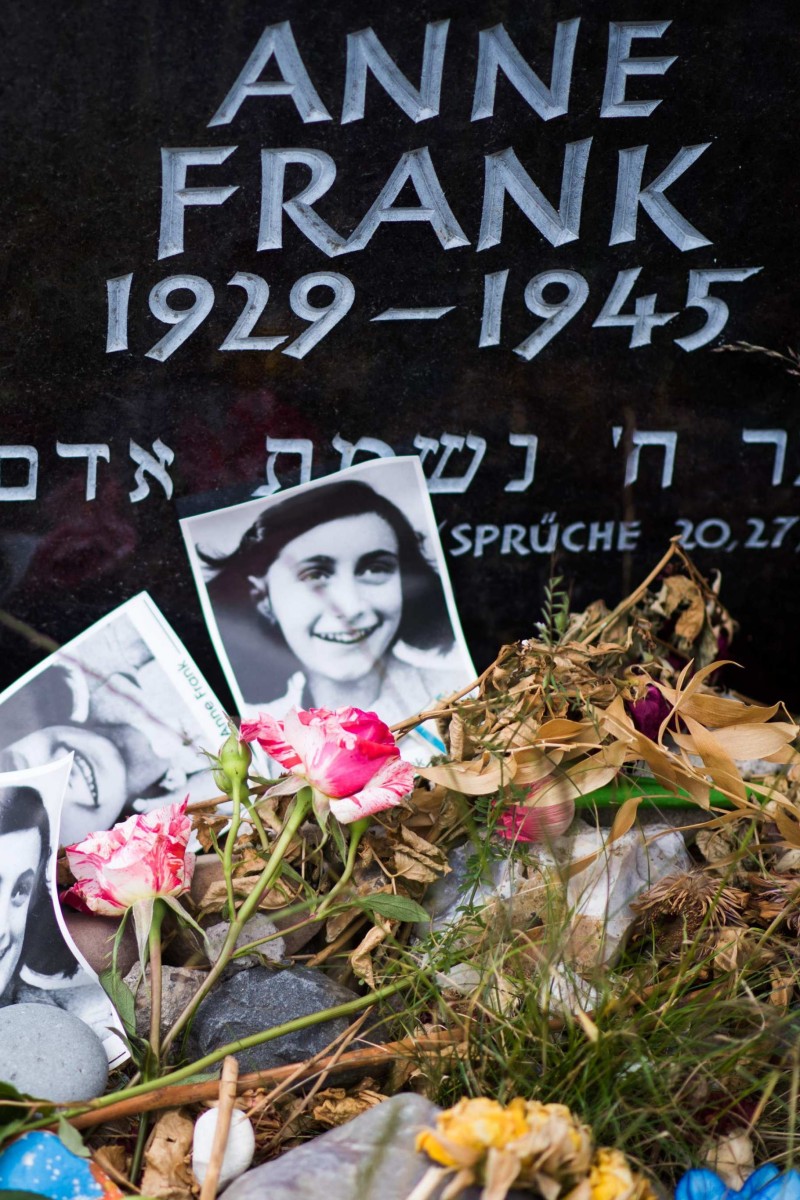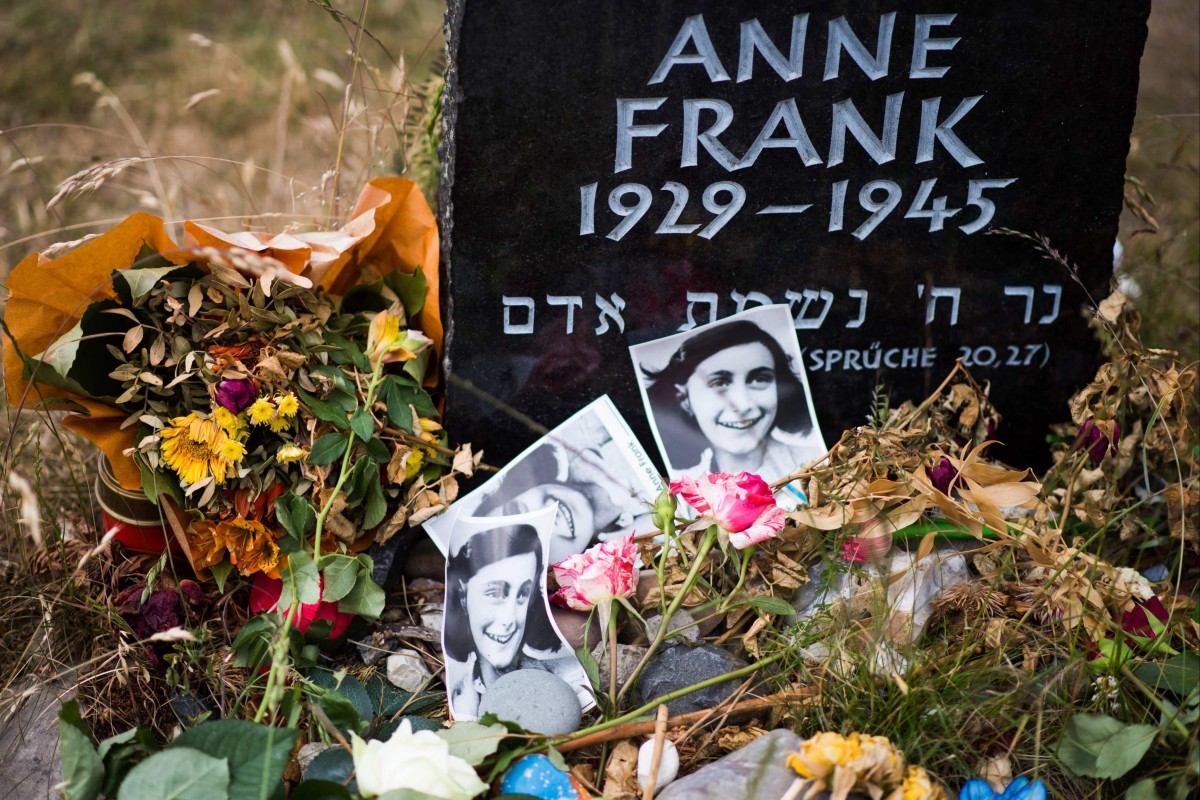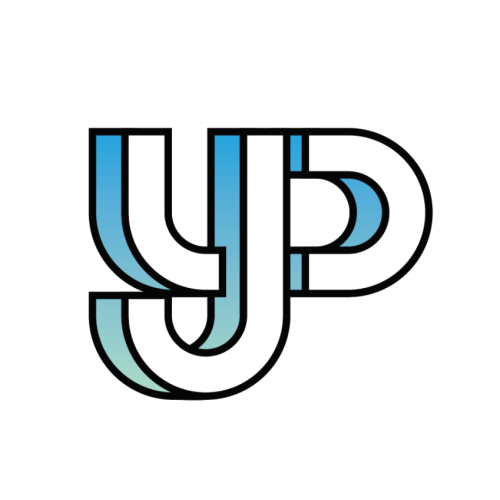
Your Voice: Anne Frank diary isn’t the only Holocaust journal to read; fixing Hong Kong’s boar issue (long letters)
- One reader discusses why Helene Berr’s World War II memoir should be remembered alongside ‘The Diary of Anne Frank’
- Killing the city’s wild creatures neglects animal rights and paints a negative picture of Hong Kong, another student writes
 One student writes that Anne Frank’s diary isn’t the only journal from the Holocaust that we should read. Photo: AFP
One student writes that Anne Frank’s diary isn’t the only journal from the Holocaust that we should read. Photo: AFPHave something to say? Send us a letter using this Google form.
Poignant war journal must not remain in the shadows
Vedika Bahuguna, Hong Kong International School
Anne Frank’s portrayal of the Holocaust through her unflinching diary entries is a tale many are familiar with. Its stark and captivating writing remains culturally relevant to young readers. However, other memoirs and journals written during this period are often neglected. One such work is the journal of Helene Berr, who details the life of a young Jewish woman living in France during World War II.
Helene’s journal offers a poignant and beautifully composed depiction of a teenage girl’s life in the midst of a horrifically unjust situation. She began her diary in April 1942, as the Nazi party was building its power in France. Her journal ends in February 1944 when she was forced to stop writing due to her arrest. She was later deported to the Bergen-Belsen concentration camp in Germany, where she died of typhus just before the camp’s liberation.
Helene dedicated her journal to her fiancé, Jean Morawiecki, and documented the progress of their relationship. She wrote: “These pages, which are a piece of me, the most precious part, because no other material thing matters to me any more; what must be rescued is the soul and the memory it contains ... at the thought that the envelope in which I am putting these sheets will only ever be opened by Jean ... I wish I could write everything about him that has been piling up for months.” Jean kept the book private until its publication in France in January 2008.
Unlike Anne Frank, Helene came from a wealthy Jewish family that had assimilated in France, allowing her to receive an education and travel the country. Her poetic entries detail her tranquil life at home in Aubergenville and her social life while attending Sorbonne University in Paris. Helene was a young woman with many interests who studied both Russian and English literature and loved to play the violin.
However, her life was greatly affected by the rules and regulations imposed on Jews by the Nazis. As her diary progresses, she portrays her haunting coming-of-age journey, with mentions of World War II and Jewish persecution emerging ominously.
New technology allows future generations to hear from survivors of the Holocaust
Helene’s writing is full of philosophical ponderings, outlining everything from dates with the young men of her school to her love of Paris. She writes with an ardent fondness for the city even amid the horrific circumstances she faced, from her frequent visits to the Galignani bookstore to her long walks admiring the Avenue des Champs-Élysées. Her remarkable determination to aid the liberation of France is also evident in her journal.
As anti-Jewish legislation increased and prejudice against Jews became more prevalent, Helene was forced to end her studies at Sorbonne. Despite the round-ups and deportations of her close companions, she remained determined to aid the liberation of France. In an entry dated October 10, 1943, she wrote, “Each of us in our own small sphere can do something. And we can, we must”. Helene became an avid member of the Entraide Temporaire, a network founded to save Jewish children in France from deportation.
What distinguishes Helene’s journal from other war memoirs is her refreshing take on the community around her. Throughout, Helene displays an unwavering faith in humanity. Her story must not remain in the shadows.
Jewish heirs sue museum over Picasso painting sold to flee Nazis
We can live in peace with wild boars
Angel Ng Tsz-ching, Tak Oi Secondary School
I am writing to share my opinion on the controversial issue of whether animal euthanasia should be used as a solution to the problem of wild boars wandering into urban areas in Hong Kong. I strongly disagree with this approach, as I believe there are more humane and sustainable methods of coexistence that can be explored.
Firstly, euthanasia does not address the root of the problem, which is the shrinking of animal habitats due to urban planning. Killing wild boars may provide a temporary solution, but it does not solve the underlying issue of human encroachment on natural habitats.
Secondly, euthanasia neglects animal rights and presents a negative image of a city that does not value the lives of wild animals. In January 2022, Hong Kong authorities culled 2,000 hamsters to prevent the spread of a virus. However, this action caused a public outcry, with many people condemning it as inhumane. The incident highlights the potential damage that such measures can have on Hong Kong’s image, both domestically and internationally.
Instead of killing wild boars, alternative methods of coexisting with them should be explored. We can look at other places around the world. In Germany, for instance, the government has implemented measures such as installing electric fences and creating green spaces to provide alternative habitats for wild boars. They have also launched public awareness campaigns to educate people on how to deal with wild boars and avoid conflicts with them.
Education can play a key role in teaching people how to properly coexist with wild boars, such as staying calm, keeping a safe distance, and not provoking them. Infrastructure improvements, such as installing wild pig-proof waste bins, could also help prevent wild boars from entering urban areas in search of food. In the long run, developers should avoid building flats near rural areas that are natural habitats for wild boars.
In conclusion, animal euthanasia is not the solution to the problem of wild boars wandering into urban areas. Alternative methods of living in peace with them, such as education and infrastructure improvements, should be considered. By taking responsibility for our actions and protecting wild animals’ rights, we can create a more harmonious environment for both humans and wildlife.
